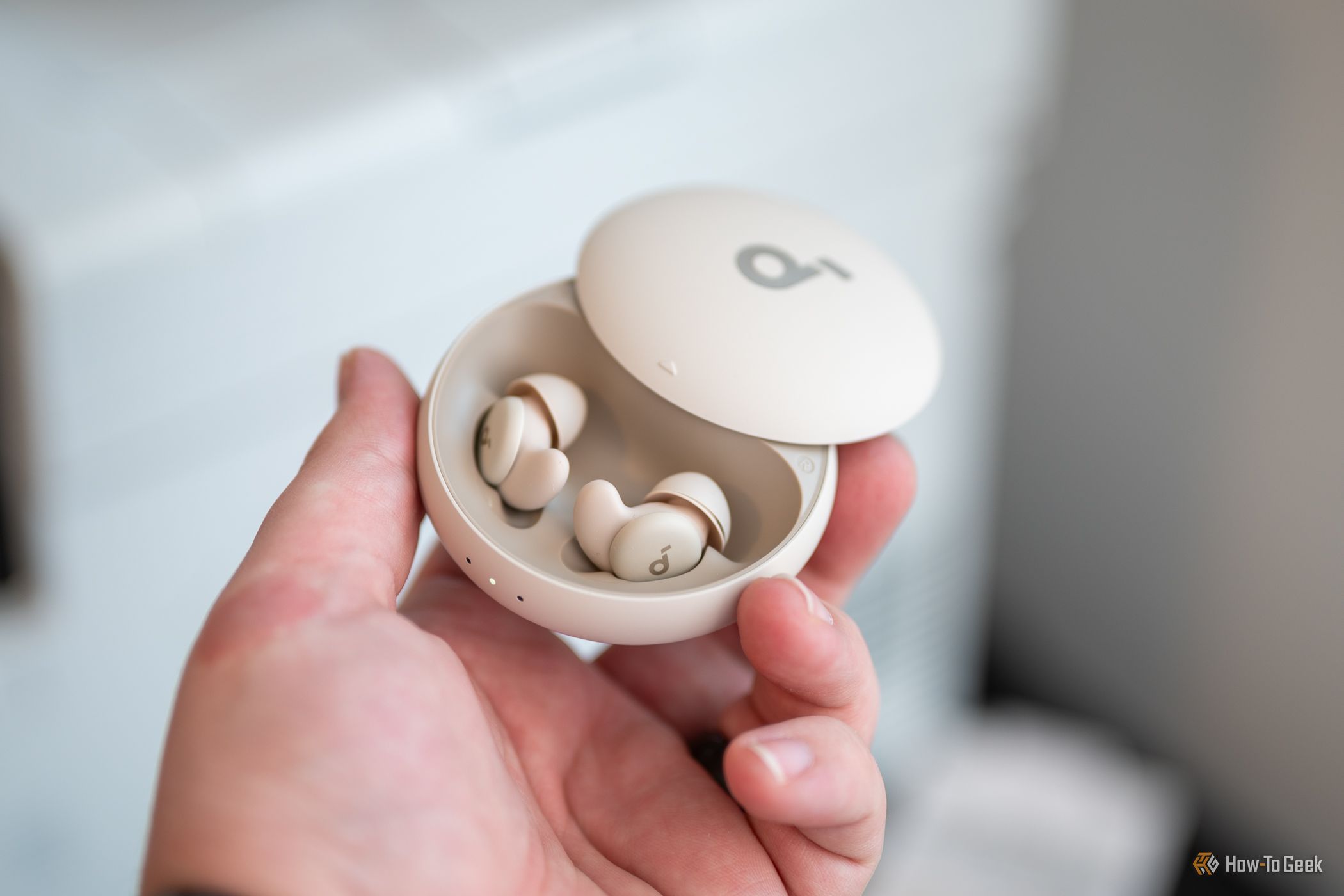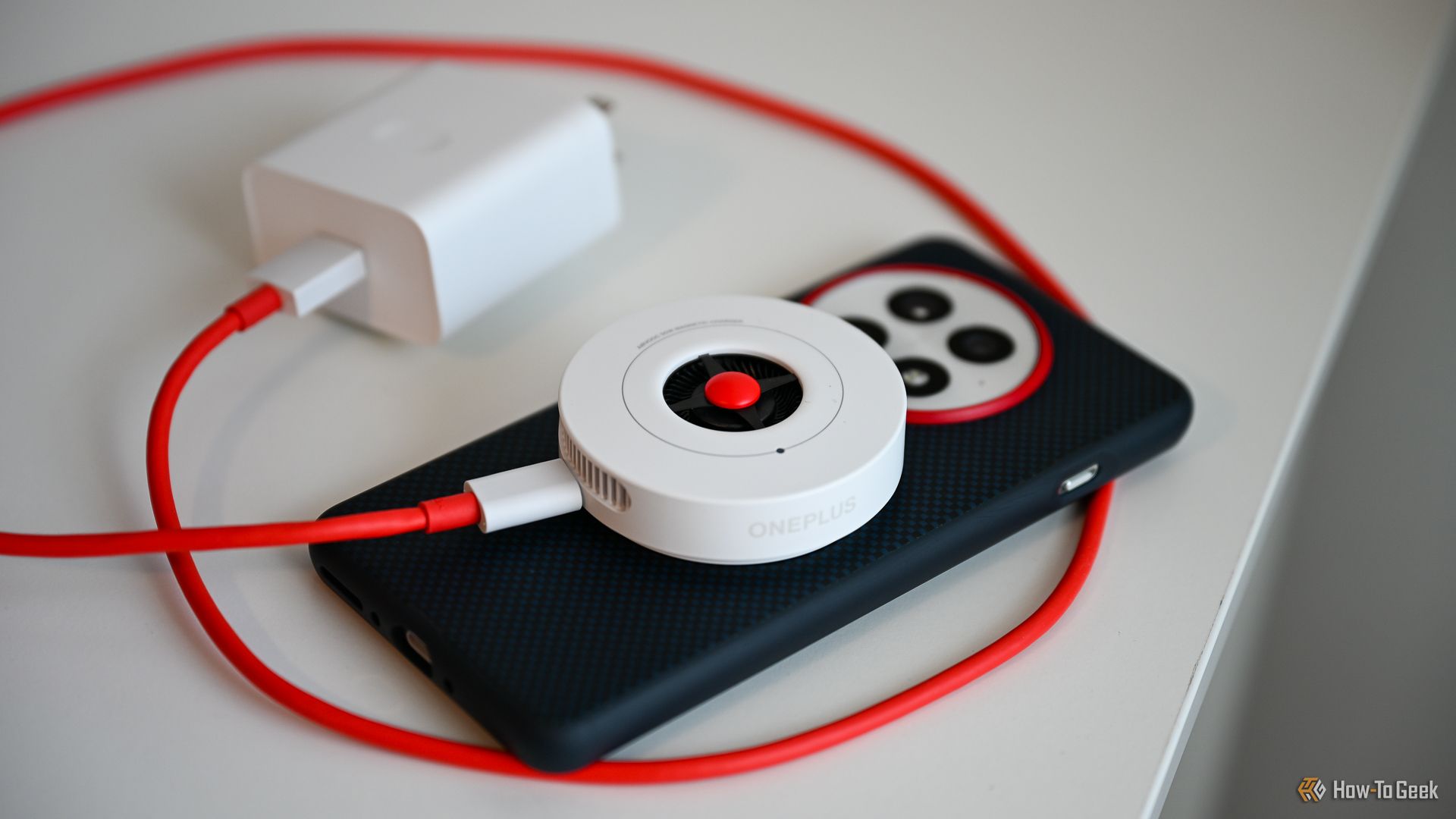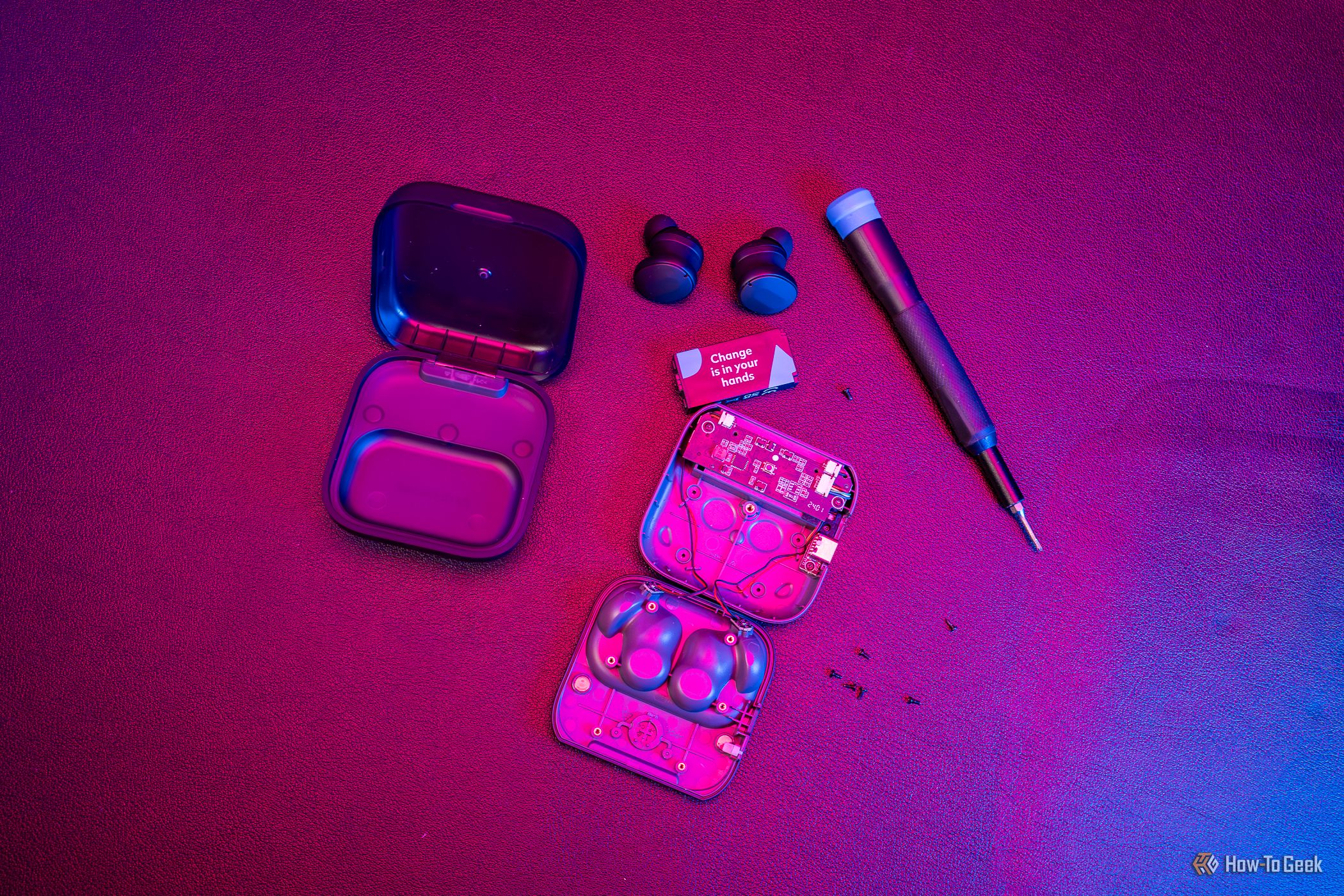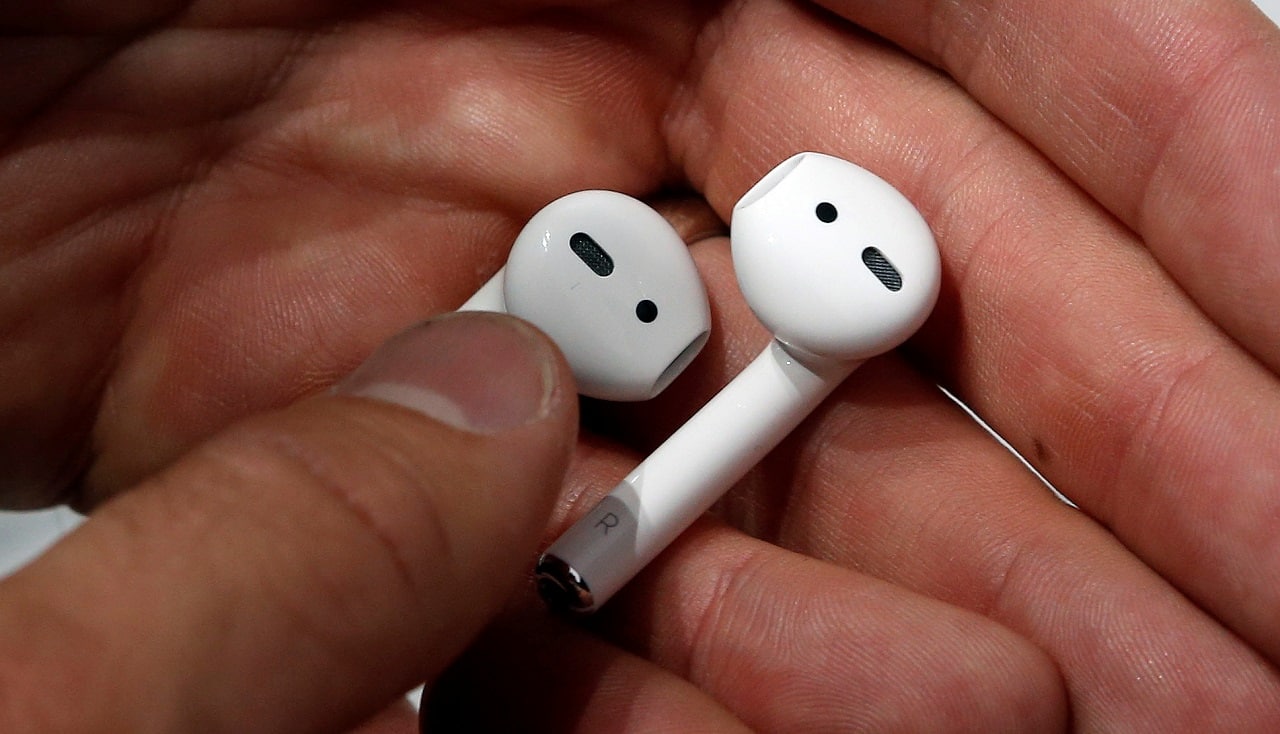- Lack of battery health features common in smartphones, and rare battery replacements contribute to short earbud lifespan.
Ever since Apple removed the headphone jack and introduced AirPods in 2016, wireless earbuds have become a must-have accessory. Their compact and lightweight design makes them the most versatile consumer-grade audio gear, used both indoors and outdoors, and for work and recreation. But all this convenience comes at a cost: the absurdly short lifespan.
The easiest way to increase the longevity of any tech gadget is to fit a bigger battery in it; the more capacity you have from the get-go, the longer it takes for degradation to become bothersome. Unfortunately, wireless earbuds are at a massive disadvantage here because of their exceptionally small size and ergonomic shape.
Nobody wants their earbuds to feel uncomfortable, fall out during workouts, or cause fatigue during long phone calls or music listening sessions, so manufacturers have to minimize the size and weight to conform to these demands.
Larger batteries could offer more playtime and extend lifespan. There are admittedly earbuds out there that promise several days worth of battery life, like the HMD Amped Buds, but their cases are bigger and heavier, and can feel more obtrusive when stowed in your pocket.
Related
Product designers are well aware that when it comes to wearable tech, comfort takes precedence over performance in most cases, even if it's at the cost of reduced longevity, forcing you to replace your earbuds sooner than other tech products like your phone or tablet.
The good news is that tech companies around the world are actively working toward improving battery tech; the recent surge in phones with silicon-carbon batteries is a great example. It's still early, but once this tech reaches other tech gadgets, it'll allow us to keep them for a bit longer without having to bear any added heft.

Lithium-ion batteries degrade the quickest when they are left empty or fully charged for several hours in a row. Conversely, they are best preserved when you keep them hovering around 50%. This applies to your wireless earbuds just as much as it applies to your phone.
The problem is that while you can manually unplug your phone when it reaches 50%, earbuds sitting inside the case are always either charging or fully charged—both of these accelerate degradation. Whether you like it or not, the case will keep pushing power to the earbuds until either it is completely drained or the earbuds have reached capacity.
In other words, if you're actively trying to maintain your phone's battery health, you can choose to be meticulous about it, but you can't do the same with your earbuds. It's a strange design because the case is where the earbuds are supposed to go, so they don't get lost, but at the same time, it also creates ideal conditions for battery degradation.
If your phone is low on battery, you can use its power-saving mode to slow down battery consumption dramatically, which means even if it's only half full, you don't always feel the urgency to recharge it right away.
Such is not the case with wireless earbuds because they don't really have an equivalent battery-saving feature. The best that you can do is turn off active noise cancellation or transparency mode, which admittedly prolongs battery life a bit, but these energy savings aren't big enough for any of us to risk foregoing charging our earbuds before heading out.
Keeping your earbuds fully charged is just too convenient, and companies are more than aware of this consumer preference. This is why reverse wireless charging exists so that you can keep your earbuds topped up using your phone when there's no power outlet nearby, although this can generate excess heat, which further damages your battery.
All modern smartphones allow you to stop charging at 80% to prolong battery health. On Samsung phones, you can disable fast charging in the settings to minimize heat generation. On the iPhone, you can keep track of your battery health via a dedicated menu.
No such features exist for wireless earbuds because, again, people like to keep them fully charged anyway. But this also means there's no way for you to prolong the overall lifespan of your earbuds even if you wanted to.
Battery replacements are very common for smartphones, and if you have an iPhone or Samsung phone, it's as easy as walking into a nearby authorized repair shop and waiting for like half an hour or a little longer while the technician hooks you up with a fresh new battery. If all other components of your phone work just fine, getting the battery replaced is the easiest way to get a couple more years of use.
Battery replacement does technically exist for wireless earbuds, but it's very rare, presumably because not enough people actually bother to do it. Replacing a smartphone battery is a pretty straightforward procedure, but wireless earbuds come in all shapes and sizes, making repair harder. They're also quite cheap and are hence perceived as more disposable, unlike phones, which are a long-term commitment.
It's not just the battery degradation that contributes to the rate at which wireless earbuds wear out; it's also how often and where we use them. Unlike over-ear headphones that are used mostly indoors, given their size, and are designed to deliver the most immersive listening experience possible, wireless earbuds are small enough that you can carry them everywhere and versatile enough that you can use them for all audio-related tasks.
Thanks to transparency mode, it's not uncommon to see people keep their earbuds on almost all the time, and only take them off when they need to recharge.
Over time, outdoor use can lead to dust and debris clogging the speaker grills. Occasional drops on the sidewalk due to an improper seal can damage the outer shell. Prolonged exposure to sunlight can cause the plastic housing to discolor. Lint and microplastics in your jean pocket or backpack can enter the case's USB-C port. And during workouts, sweat can sweep into the internal components, accelerating corrosion.
Wireless earbuds are a little too versatile for their own good. Everything we love about them, sadly, also comes with trade-offs that contribute to quicker degradation.
From the constant charging cycle within their cases to the lack of battery health features and the physical strain of daily wear, these devices are simply not built to last. Unlike smartphones or laptops, earbuds are rarely serviced or repaired. Companies aren't deliberately designing their earbuds to degrade this quickly; it’s a limitation baked into their form.
Realistically, the only thing you can do to prolong your earbuds' lifespan is to minimize the number of charge cycles they go through by minimizing your use of power-hungry features like ANC. You can consider getting foam eartips to get a tighter seal for better passive noise isolation. It still won't be as good as ANC, but it'll do the job. The less the battery depletes, the less often you need to recharge, slowing down battery decay.















